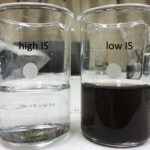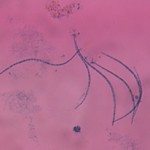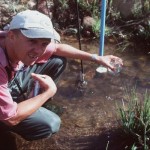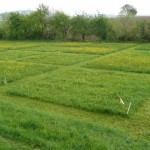Carsten Brühl informs about their recent paper “Amphibians and Plant-Protection Products – What Research and Action Is Needed?”
Amphibians and pesticides – what research do we need?



Carsten Brühl informs about their recent paper “Amphibians and Plant-Protection Products – What Research and Action Is Needed?”

In this post, Simon Lüderwald talks about their recently published paper “Palladium nanoparticles: is there a risk for aquatic ecosystems?” Continue reading

In this post, we talk about our recently published paper “Waterborne toxicity and diet-related effects of fungicides in the key leaf shredder Gammarus fossarum (Crustacea; Amphipoda)”. Continue reading

In this post, Mirco Bundschuh talks about a recent paper that uncovers the pH-range relevant for surface waters that receive pesticide input in Europe.

On the last weekend, the Summer Academy ended. In this post, we want to share some experiences and insights.
Continue reading

In this post, the team “Ecosystem Resilience” announces two Master/Diploma theses. Continue reading

In this post, Sebastian Stehle informs about their recent paper on shortcomings and failures of the regulatory EU pesticide risk assessment procedures. Continue reading
Wageningen University and the Université de Namur offer a joint PhD position dealing with the development of ecological scenarios and models for use in chemical risk assessment. Continue reading
The German Federal Environment Agency (UBA) offers two positions dealing inter alia with the fate of and exposure towards biocides. Continue reading

In this post, Carsten Brühl informs about their recent paper on the risk posed by herbicides to non-target plants. Continue reading